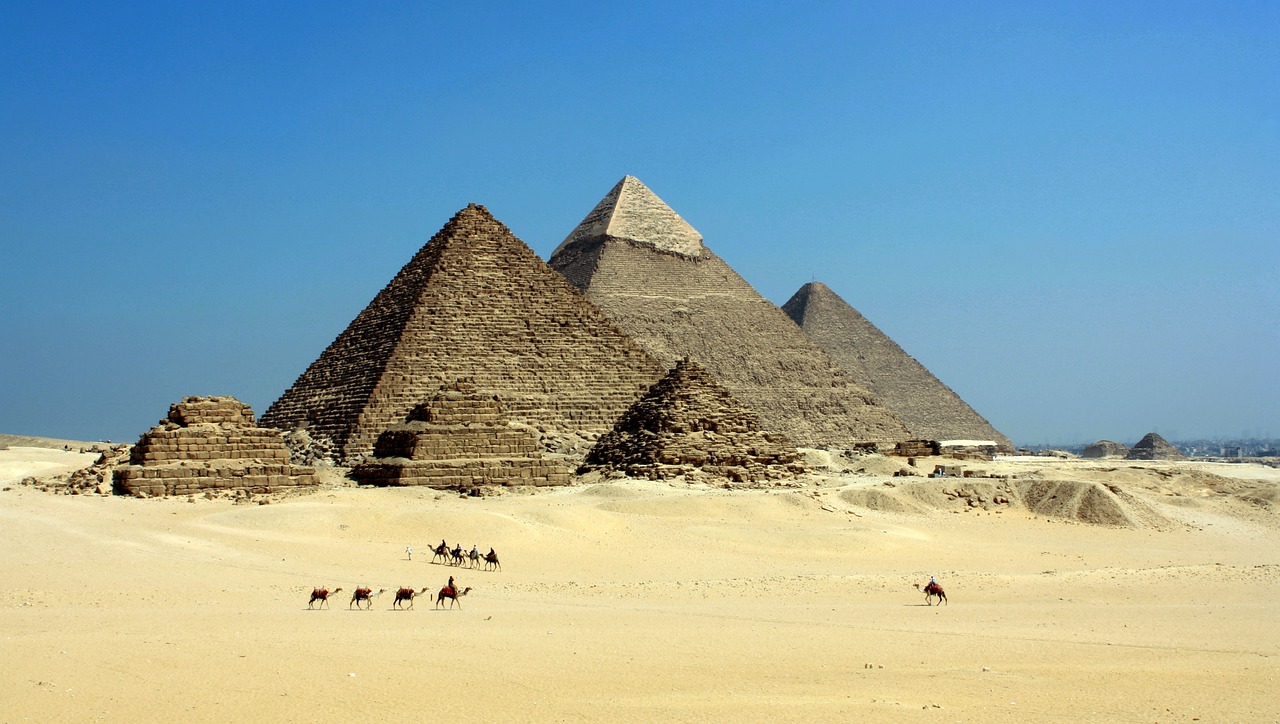3.1 Culture, Rituals & Death

Culture
Culture is comprised of the beliefs, values, customs, language, symbols, and artifacts that are shared by a collective of people (UofM, 2010), which includes religious beliefs and practices (Edara, 2017). These shared aspects of culture shape how we, as cultural beings, behave and think – even if we are unaware or unconscious of such influences (Bowman, 2000). Shared elements of culture enable us to have both a common understanding of the world around us, as well as a sense of purpose and collective identity (Bowman, 2000). The various aspects of culture are passed down from generation to generation, and subject to cultural shifts over time (e.g., regarding the acceptability of styles of dress, ways of speaking, sexual behaviour, substance use, etc.) (Bowman, 2000; Texas A&M, n.d., UNESCO, n.d.).
Despite wide cultural variation, in terms of behavioural norms or standards, there are some commonalities between cultures (Gire, 2014). These commonalties are often tied to life course or transition events, such as birth, marriage and death. For example, most cultures throughout human history have had ceremonies and rituals surrounding the death of a member of the community (Mitima-Verloop, 2019; O’Rourke, 2011; UofM, 2010), with funerals being “one of the most ancient known tangible signs of human social ritual” (O’Rourke et al., 2011, p. 743). The meaning attributed to death, and the practice and purpose of established death rituals or ceremonies that are used to mark this rite of passage, however, vary from culture to culture (Anderson & De Souza, 2021; Gire, 2014; Lowe, Rumbold & Aoun, 2021; Mitima-Verloop, 2019).
Rituals & Ceremonies
Cultural rituals, ceremonies, and practices are shared social activities that help structure and make meaning out of the lives of social groups (Irwin, 2015; UNESCO, n.d.). According to Anderson and De Souza (2021:34), “a ritual is the undertaking of specific activities or behaviours that express symbolic… meaning, whereby specific thoughts and feelings are experienced individually, or as a group.” Rituals reflect cultural norms and values. Whether performed alone or with others, they are an important part of a culture because they reaffirm individual and group identity (UNESCO, n.d.) and help us recognize and make sense of life transition events (Caswell, November 28, 2018).

There are a myriad of cultural rituals, ceremonies, and practices, including those tied to death. For example, the el Día de los Muertos (the Day of the Dead) is a traditional Mexican holiday, dating back to the Aztecs and Toltecs (PBS, October 31, 2019). It is celebrated each year between October 31 and November 2, a time when it is believed the dead can leave the spirit world to reunite and celebrate with their loved ones (History.com Editors, October 30, 2018). The Day of the Dead is “a joyous, ritualistically elaborate celebration of life” (Weiss, November 2, 2010, para. 2), with traditional rituals and celebratory activities like parades, donning of skeletal face painting, erecting of decorative alters for loved ones, feasting, etc., serving to remind participants that life is cyclical, and that death is not “the end of one’s existence, but simply another chapter of life” (PBS, October 31, 2019, para 1).
Click the link below to learn more about the Day of the Dead:
Day of the Dead (Dia de los Muertos)
Norms are standards or rules of behaviour (Sociology Guide, n.d.).

